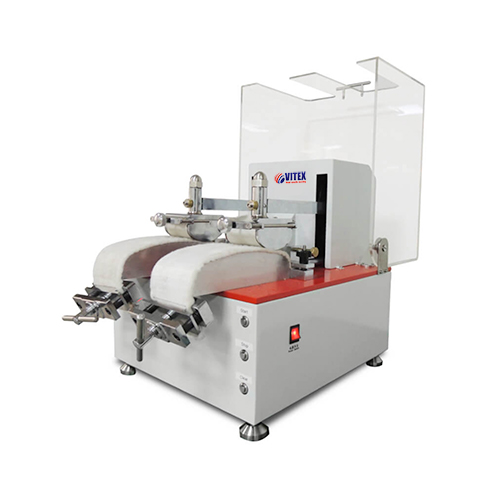Application
MIE Abrasion Tester, to determine the wear resistance of textiles used for the automobile such
as the interior material made of woven, knit, composite, coated fabrics by rubbing against an
abrasive cloth.
This abrasion tester is mostly used for Renault and Peugeot
Standards
Renault – PSA D44 1073, NF G 37 110, RNRU 1073, SNCF 284 F
Power
220 /110 V 50/60 Hz 3 A
Weight
95 Kg
Dimensions
840 x 560x 710mm (L x W x H)



